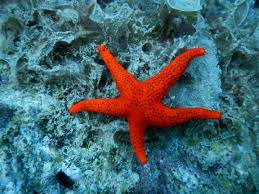Symbiotic relationships are seen all around us in nature. Most people have learned all about these, but they describe how two organisms can live together, with one on or within the other. Their lives are affected by each other in these cases.
Most commonly known symbiotic relationships include mutualism, parasitism, and commensalism. Mutualism can be seen with bees and flowers, as the flower provides nectar for the bee and the bee pollinates the flower to help it reproduce. Both organisms benefit.
Parasitism makes one think of harmful bacteria, and it describes a relationship in which one organism benefits at the other’s expense, like when harmful bacteria use humans as a host to grow and reproduce, causing illness for the human.
Commensalism describes a more unique relationship in which one organism benefits while the other is unaffected, like how cattle egrets benefit from the bugs stirred up by cattle as they graze fields. The egret gains food while the cattle is unaffected.
One more symbiotic relationship that is lesser known is amensalism. This describes a relationship in which one organism is harmed while the other is unaffected. A good example of this is when organisms release chemicals or toxins that harm nearby organisms. Some sea stars release toxins that harm nearby animals or plants, and some fungi release chemicals harmful to surrounding plants. The meaning of the chemicals is not always competitive, and the harm to other organisms is unintended. This displays amensalism. Another example of amensalism can be seen in cattle trampling plants, harming growth, or in humans stepping on small insects while walking. One organism causes the other harm while not experiencing any effects of its own.



